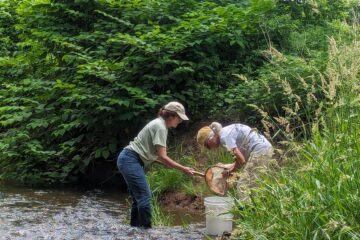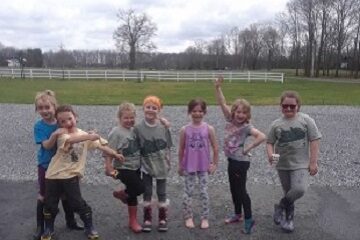One of our Nature Day Camp favorite games! In this hide-and-seek type game, children learn how important adaptations are to animals! Created by Lauren Theis, Director of Education
Level: pre-K, Elementary
Duration: 30 minutes (or more!)
Number of players: 2 or more
Setting: Backyard
Materials: An outdoor area
Background Information: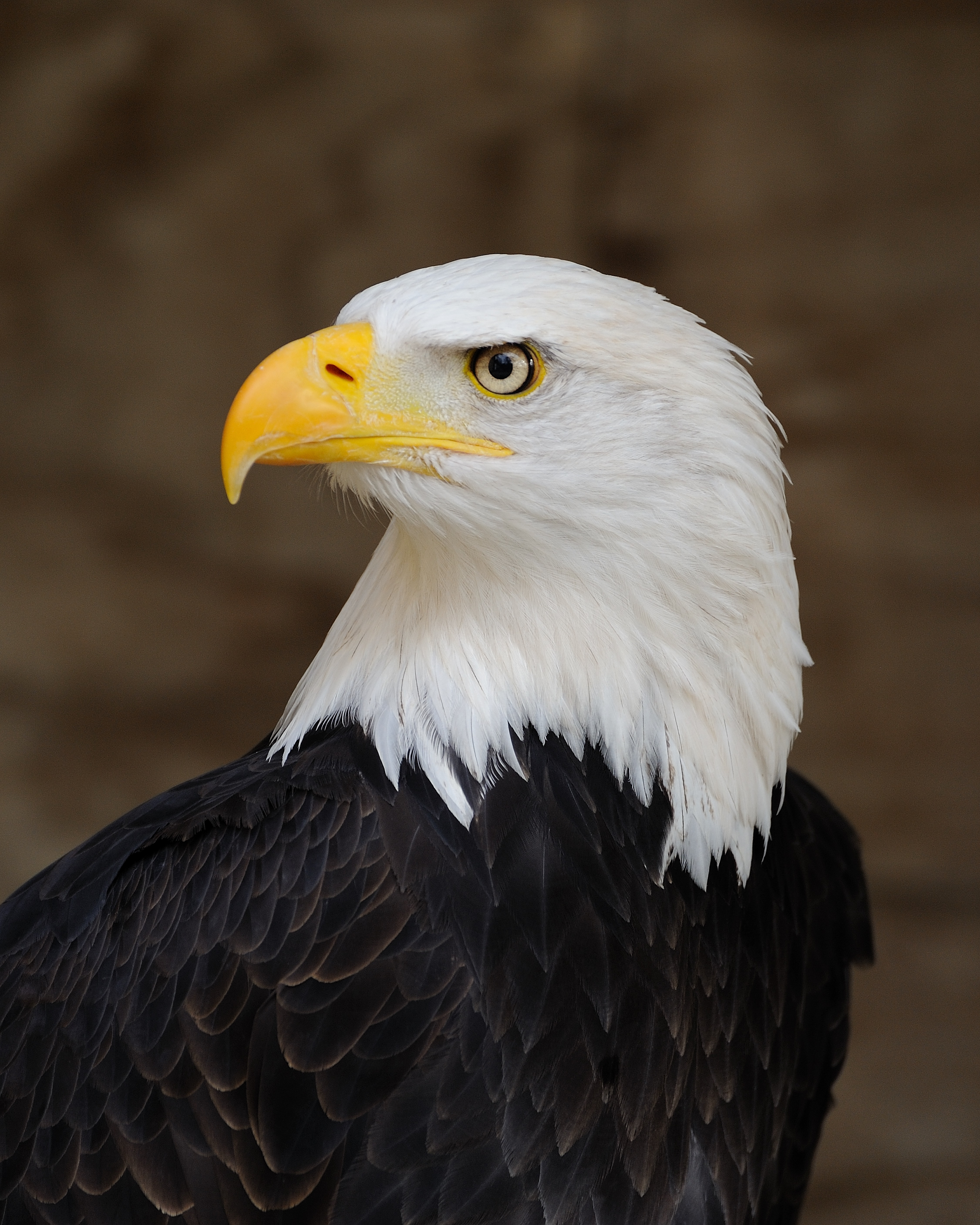
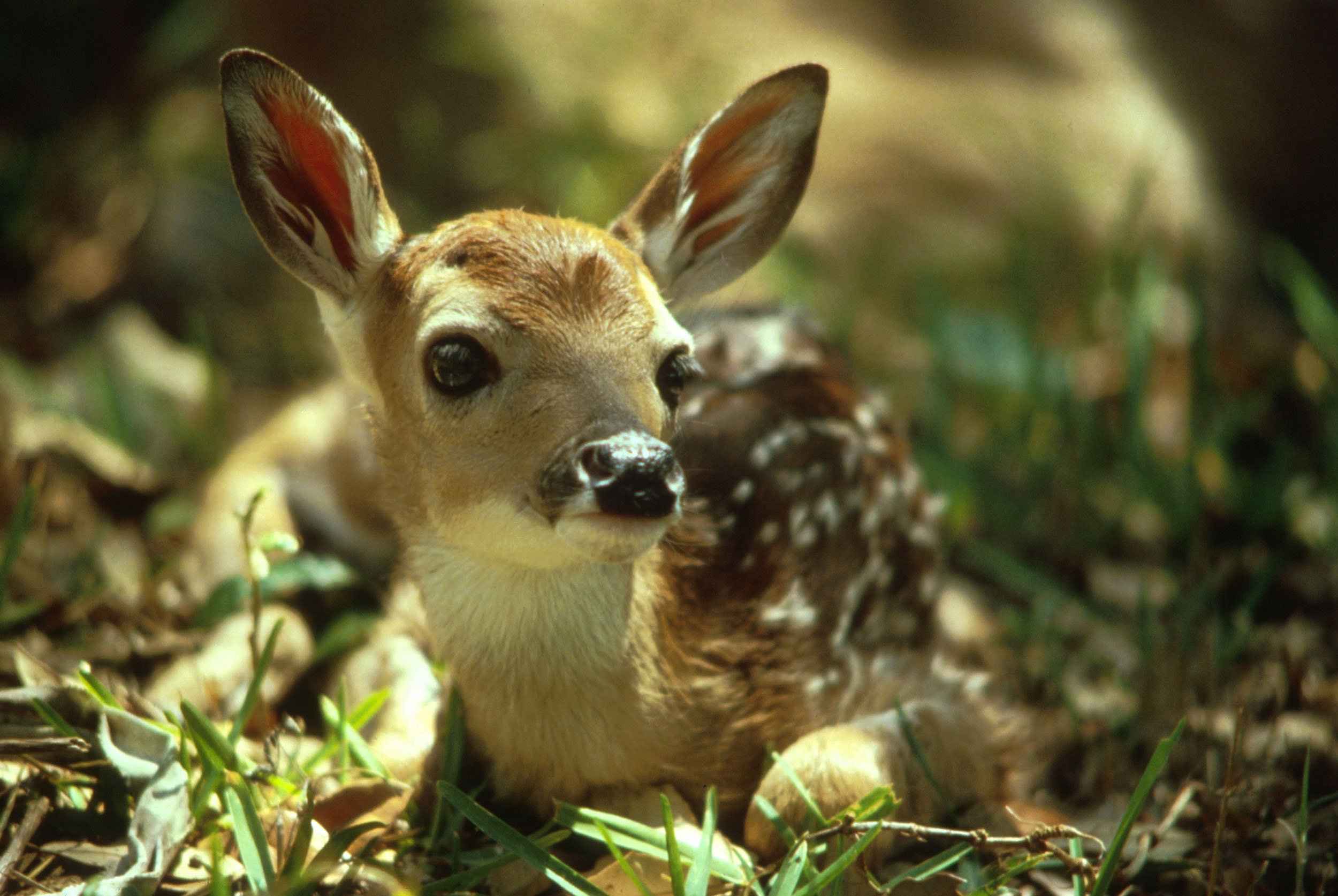
All creatures are adapted to their environment in ways that help them find food, water, shelter and air to breathe. Some animals are adapted to help them hide from predators, and some animals have adaptations that help them see/hear/smell their prey. For example, fawns (baby deer) have spotted coloration that helps them hide in the shade of the forest, and Bald Eagles have excellent vision that helps them scan the ground for prey. Adaptations can also include behavior, such as a possum playing dead when it is scared, or birds migrating south for the winter, where food is more plentiful.
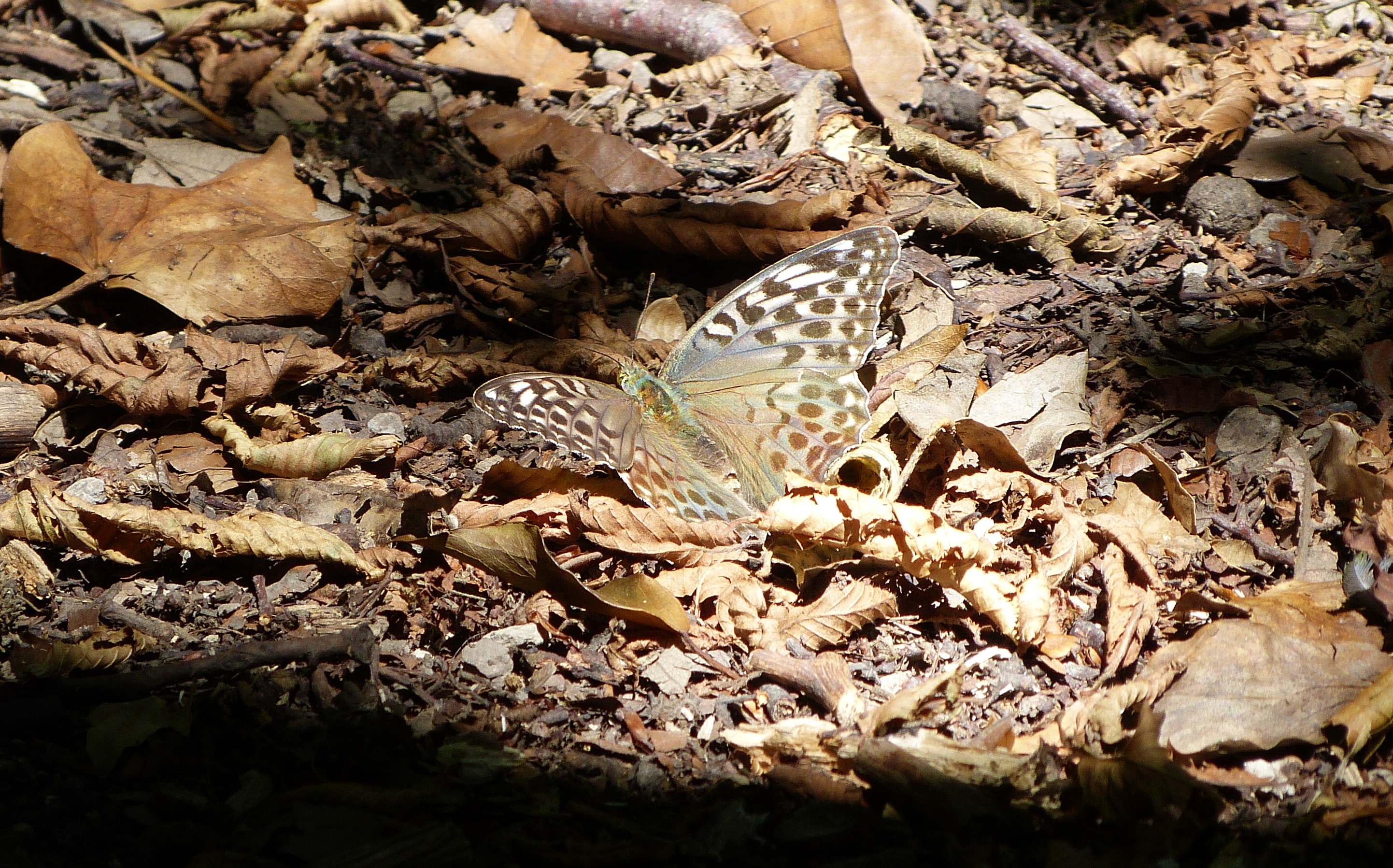
Butterfly Camouflage
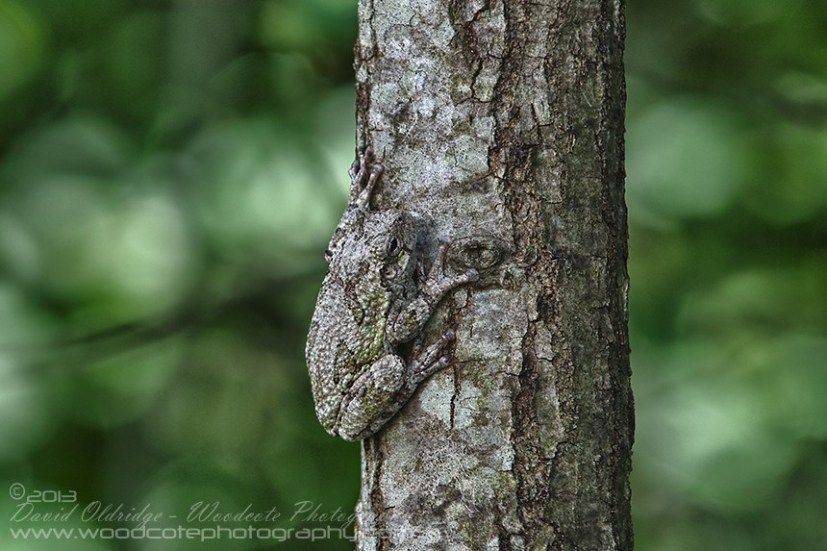
Can you find the Tree Frog?
Vocabulary
Adaptation: a characteristic that helps an organism become better suited to its environment. Adaptations help an animal to survive and do everything it needs to do.
Camouflage: A way of hiding something by covering or coloring it so that it looks like its surroundings.
Predator: An animal that eats other animals.
Prey: An animal that is eaten by another animal.
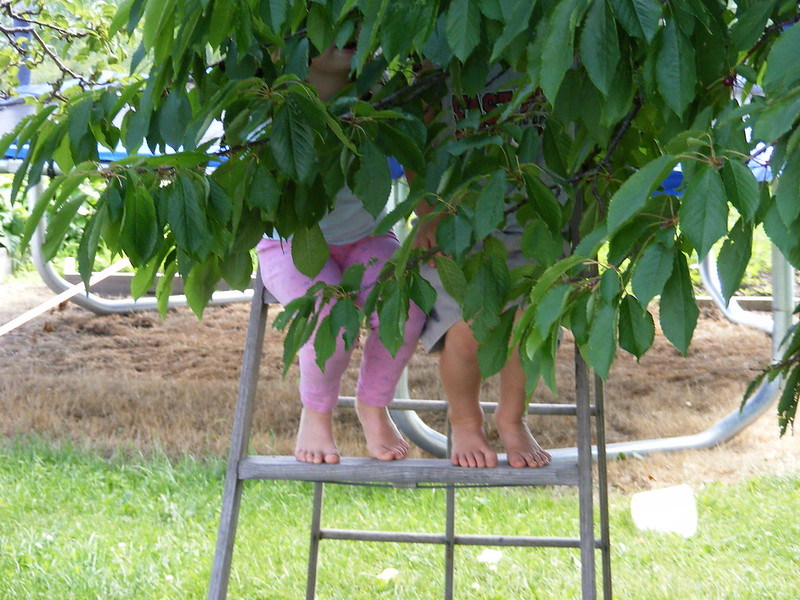 The Activity:
The Activity:
- Determine the boundaries of the “thicket.” This should include areas where prey animals can hide, including tall trees, rocks, or other structures like a backyard shed.
- Designate one player to be the “predator” and all others will be the “prey.”
- Predator stands in a central area where they can see as much of the designated area as possible. They close their eyes and count to 20; meanwhile, all of the prey players hide from the predator.
Important: All prey must be able to SEE the predator at all times, even in their hiding spot! This means they will need to be peeking around the trunk of the tree, the corner of the shed, or between branches in order to always have a close eye on their predator.
- The predator can not move from where they are. They can stand on tip toes, squat, and turn around, but can’t step away from their standing spot. They then call out each prey animal as they see them – if your name is called, you run to stand with the predator while they finish calling out each prey animal they see.
- When the predator can’t find any more prey, they call out “CAMOUFLAGE!” and all remaining players must run back to the predator’s standing spot. A new round begins! At camp, the last prey animal found becomes the new predator.
Wrap Up:
- What made a predator or prey successful in this game? Were they quiet, clever, camouflaged, good listeners? Did they look for movement, or move very slowly when hiding?
- How could you be more successful as a predator or prey? Feel free to experiment – do the prey players want to wear more camouflaged clothing? Build a structure to hide behind? Does the predator want binoculars?
- The ability to hide and not be seen is a successful adaptation for a prey animal. Imagine how a well-camouflaged animal can hide even when its predator is very close to them!
- What are some examples of predator/prey pairs, and how are they adapted to interact with (hide from or find) each other?
- Try this game pretending to be in an underwater environment. What animal would the predator be? What animals would the prey be? What underwater structures can prey hide behind?
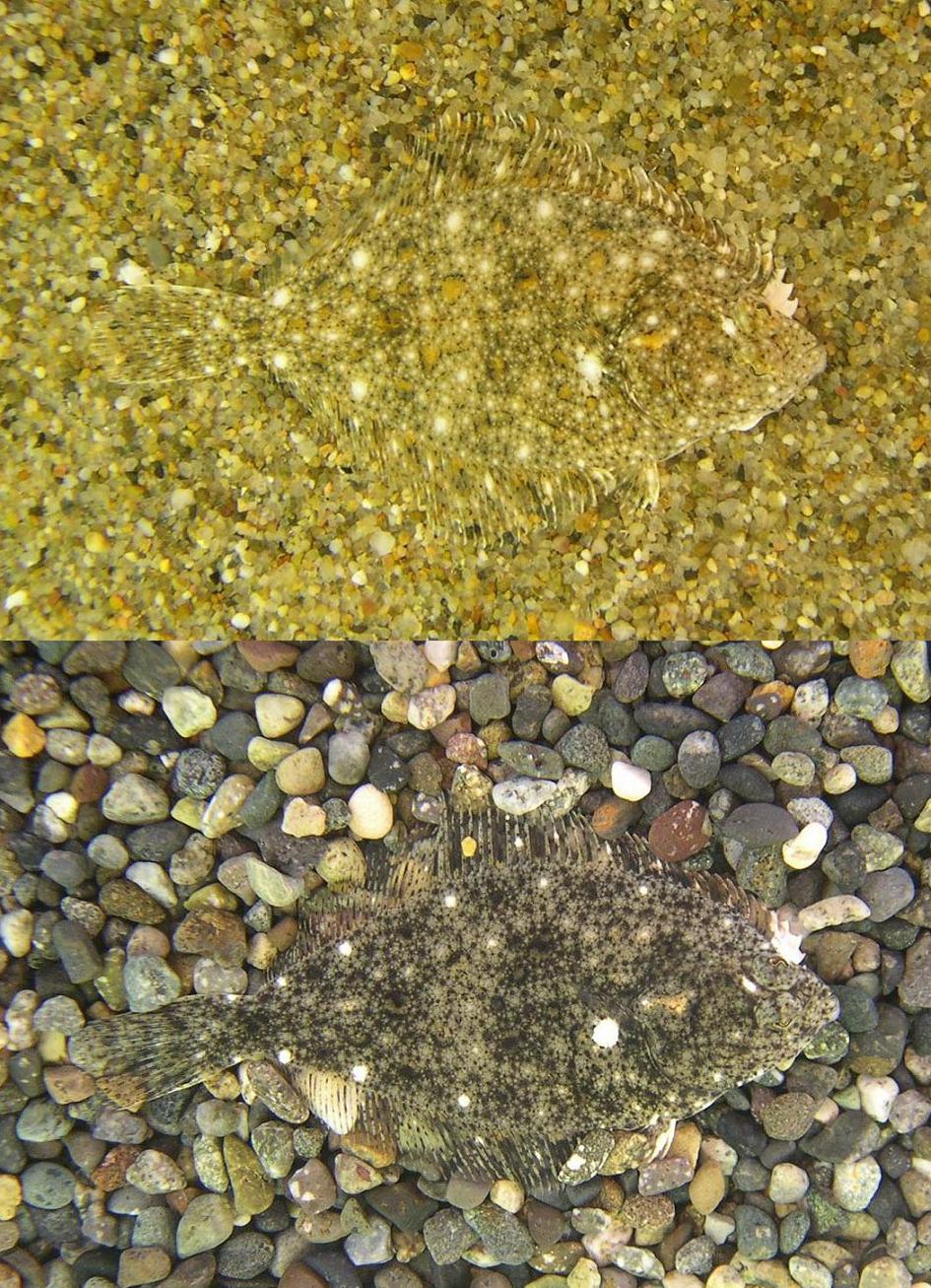
Can you find the two flounder in these photos?
Resources:
Project WILD! Thicket Game
How did you like this activity? Please share any questions, comments, or photos that you and your child have on the Raritan Headwaters Learning Community Facebook Page!
More Raritan Headwaters Learning Resources

